Search
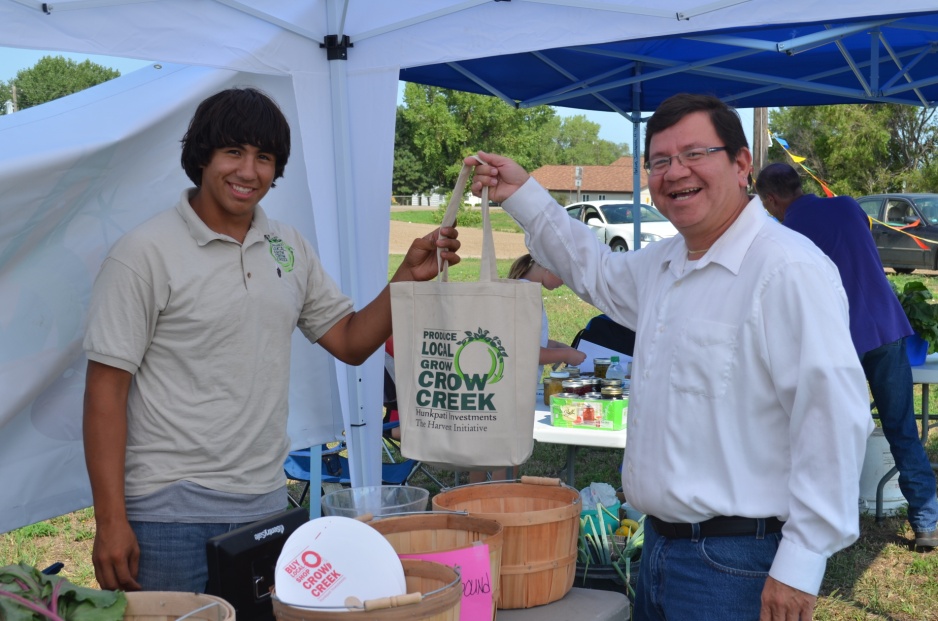
Native American Gardens
Learn more about Native American community garden projects throughout South Dakota and access helpful resources with information on starting up Native American community garden projects.

Pet Food & Pet Treats
In South Dakota the Department of Agriculture Feed & Animal Remedy Program is the agency that oversees the manufacturing, licensing and labeling of animal feeds and remedies. Local foods producers interested in selling pet foods or pet treats need to be in compliance with this program.
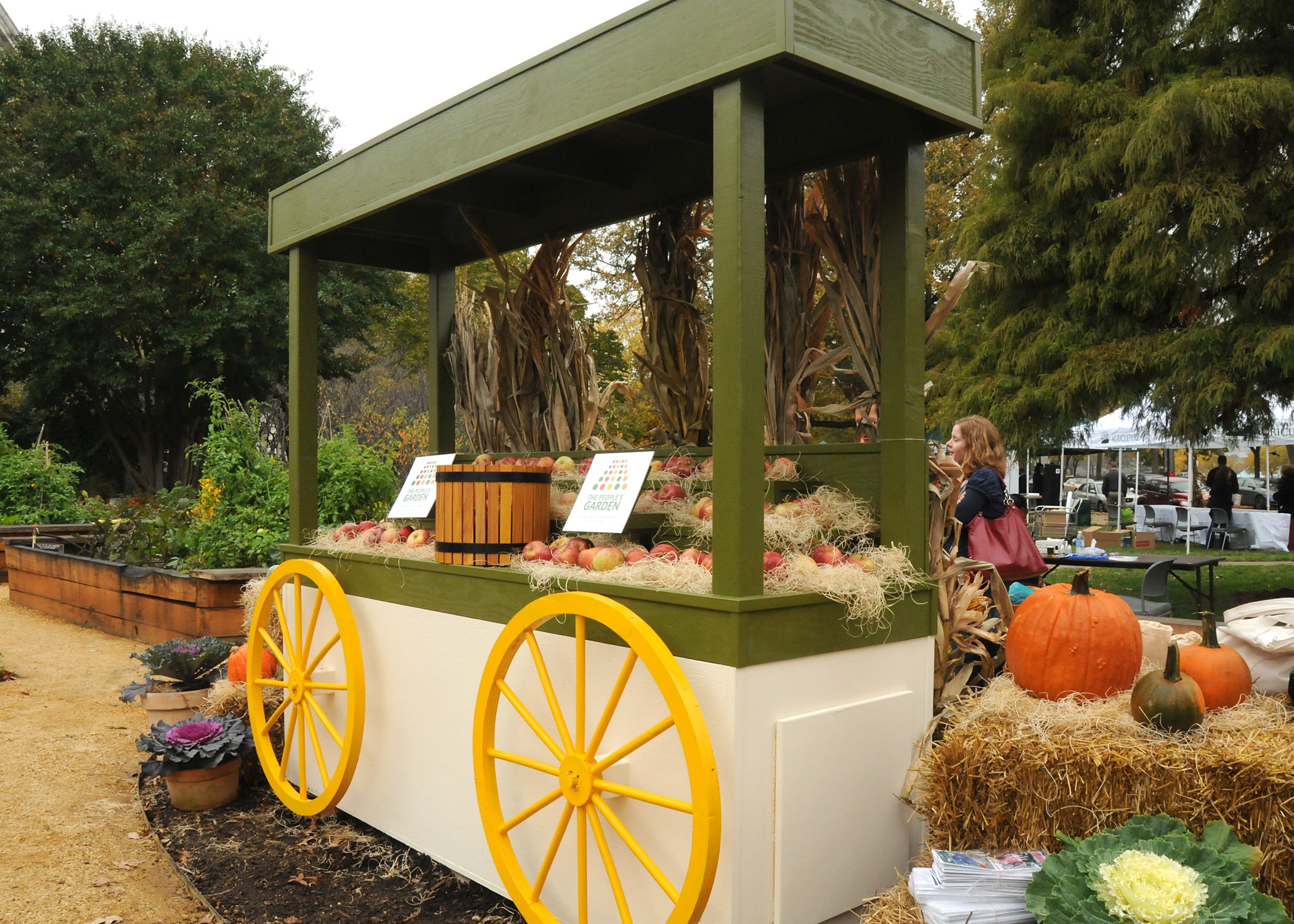
Roadside Stand
Local food producers have many options when it comes to marketing their locally grown produce. Roadside or farm stands can be either permanent or temporary structures near a road or in a parking lot that sell directly to consumers.

Neospora-Positive Status: Impact on heifers/cows and their calves
Neospora caninum is a protozoal germ that has the potential to affect reproduction in beef and dairy herds. Neospora-related reproductive problems can arise from two different kinds of infected cattle: 1) cows or heifers that became infected by eating contaminated feed, and 2) cows or heifers that were born with Neospora and pass it on to their offspring in utero.
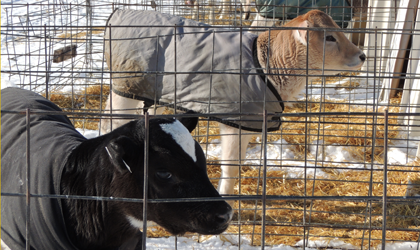
Dairy Calf Respiratory Disease: Treatment in the Aftermath of Cold Weather
Cold weather is not just hard on the people taking care of animals, it can be tough on the animals themselves. Consider respiratory disease (pneumonia) in dairy calves.
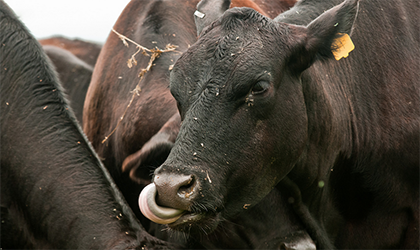
Tuberculosis in Cattle: What You Need to Know
Bovine tuberculosis is a chronic and slowly progressive disease of cattle that emerges periodically in the U.S. Cases of bovine tuberculosis are usually diagnosed on the basis of tell-tale abnormalities found on slaughter inspection.

Sore Mouth: A “Pox” Virus for Sheep
Just like in children or adults who contract the dreaded chicken pox, sheep and goats can catch their own similar “pox” virus called Sore Mouth, technically known as Contagious Ecthyma. This health problem is most recognizable by red blisters or thick brown scabs on the skin around the lips or muzzle area.

The Different Sides of Pinkeye Treatment
Pinkeye (or infectious keratoconjunctivitis) is a scourge that most cattle operations will deal with at some point. Regardless of the type of cattle affected or time of year, prevention always beats treatment.
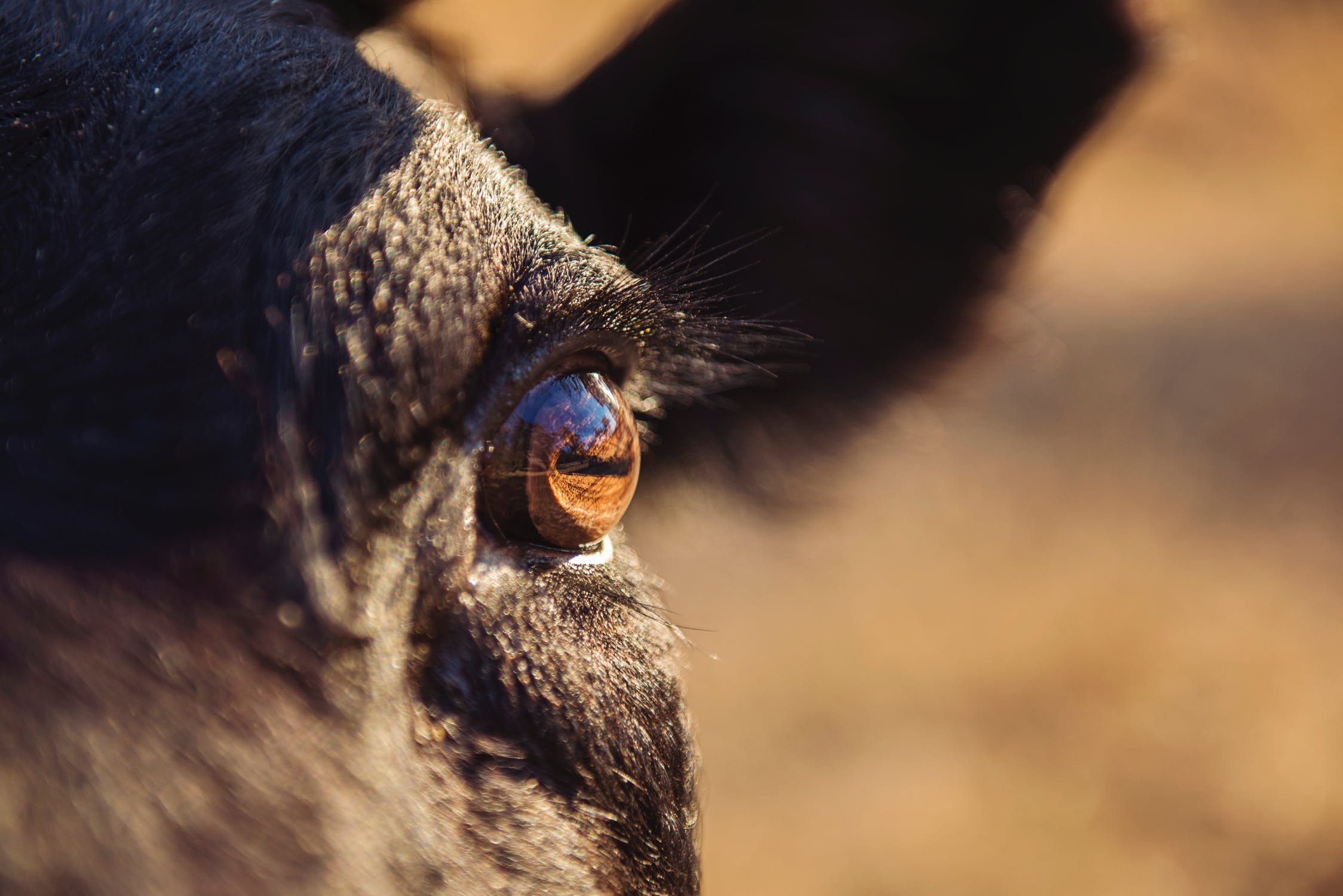
Toe Abscess (Toe Tip Necrosis) in Feeder Cattle
Toe abscess (toe tip necrosis) is most commonly seen in feedlot cattle and is likely subsequent to excessive abrasive damage to the hoof, especially the toe tip. Feet may become infected when the white line is damaged which opens the claw to bacteria, dirt and manure.
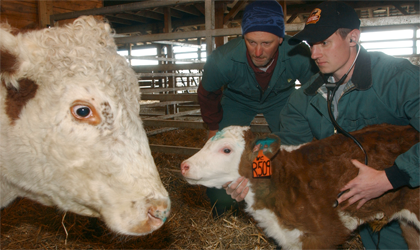
Are You Moving Enough Air in Your Calving Barn? Part 2: Effects of ineffective winter ventilation
High humidity, moisture, and increased levels of air contaminants due to ineffective ventilation can lead to significant health issues in our animals. This is especially of concern to our most sensitive sub-population, newborns and the very young. Even calves that receive adequate colostrum and a good nutritional start to life will have health challenges if they live in highly contaminated environments.